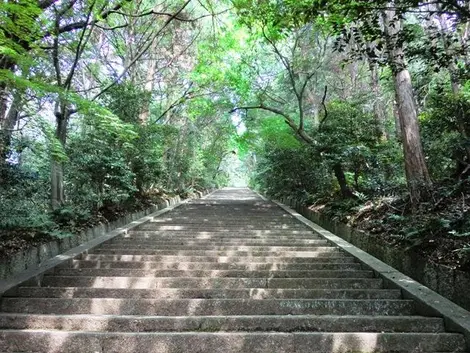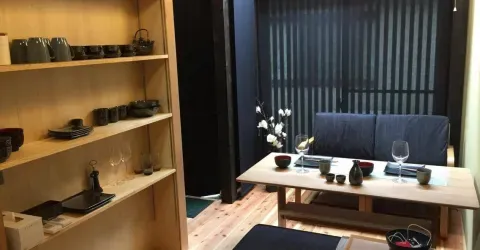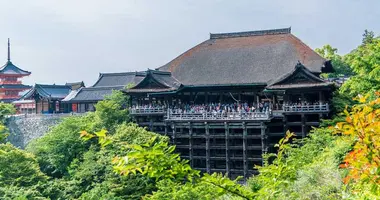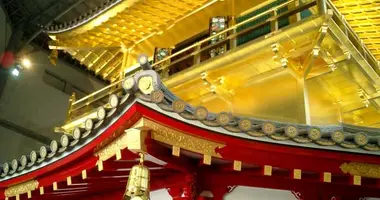Visit Kyoto in the footsteps of Hideyoshi 豊臣秀吉
The Kyoto of the "Monkey Lord"
Visiting Kyoto is like traveling back in time. The city has changed with the different eras. But the appearance of the current Kyoto owes much to a man, Toyotomi Hideyoshi (1537-1598), one of the Japanese unifiers of the Sengoku era.
From the itinerant people, monkey, as he was nicknamed, thanks to his skills he rose to the rank of supreme lord of Japan, the Taiko. It Was under His reign That Kyoto, ravaged by decades of civil war, began its recovery.
Hideyoshi was of the people and it is in the streets of Kyoto that we start looking His work. The area of Higashiyama benefited more than others from his generosity and the streets retain the imprint of his era. The Nene Path (Nene no michi), the wife of Hideyoshi, is a destination in itself. Between Ninenzaka and Sanenzaka, when heading from Maruyama Koen to Kodai-ji Temple, this small path takes us Into the ancient and Harmonious streets of Kyoto.
How did Hideyoshi rise so high? By becoming one of the most faithful vassals of Oda Nobunaga. The man, who was reputed to be demonic, made him his trusted confidant. In 1582, Nobunaga was trapped by his enemies in Honnoji Temple and committed suicide. His death opened the way for his servant to rule. Today, you can stop at Honnoji and contemplate Nobunaga's grave with a thought of his fate and that of his "monkey".
Being the undisputed lord of Japan, Hideyoshi brought back`peace. The culture of his era, the Momoyama era, is known for its luxury and extravagance, and paradoxically, for its taste for the simplicity of the tea ceremony, the true passion of Hideyoshi. With help from the tea master Sen no Rikyu (1522-1591) he contributed to the development of this very Japanese art, and still today, Kyoto is full of tea and utensil shops, schools and small tearooms, with each temple having its own.
The less glorious monument of Mimizuka is dedicated to the infamy of Hideyoshi. Under a burial mound are the thousands of noses cut off Korean Prisoners killed in Hideyoshi's bloody and unnecessary wars to conquer Korea. Japanese people rarely visit this monument, but there are often coaches of South Korean visitors.
After Hideyoshi died in 1598, having reigned supreme, His dynasty did not survive him. His son was soon ousted by the Tokugawa, but Kyoto wished to make a posthumous tribute to its Master. At Kodaiji Temple we can find the presence of Nene, who ordered the construction of this temple in memory of her husband, There are also a number of relics of the great man and a tea room created by Rikyu.
But it is further on, at the Shinto Toyokuni Temple, that we can find the tomb of Hideyoshi, the temple is a simple, as a reminder of the humble origins of the Taiko ,but it retains some luxurious features. It Was long abandoned by order of his rival Tokugawa, but was restored in the Meiji era. Behind the temple, up a long flight of stairs is the tomb of the conqueror Who Rests in peace that few tourists come to disturb. A poem says:
The grave of Hideyoshi,
Nobody comes to cry,
Apart from the April wind.






































